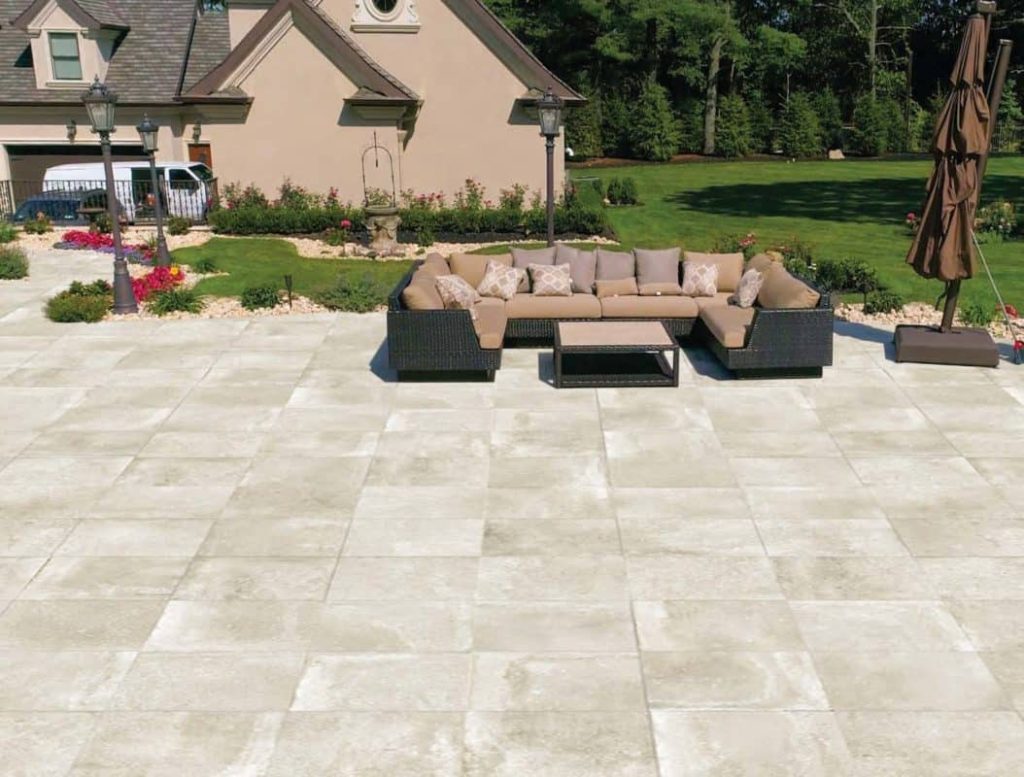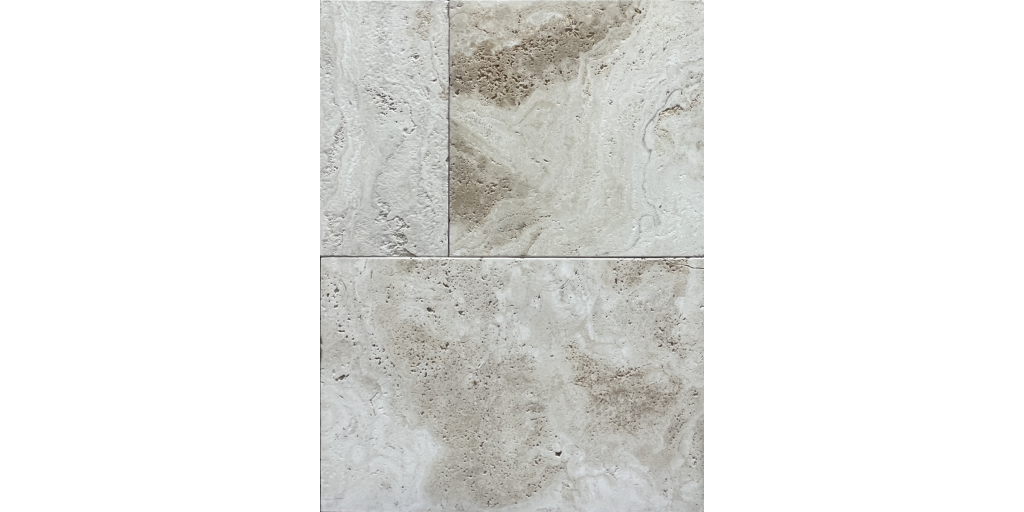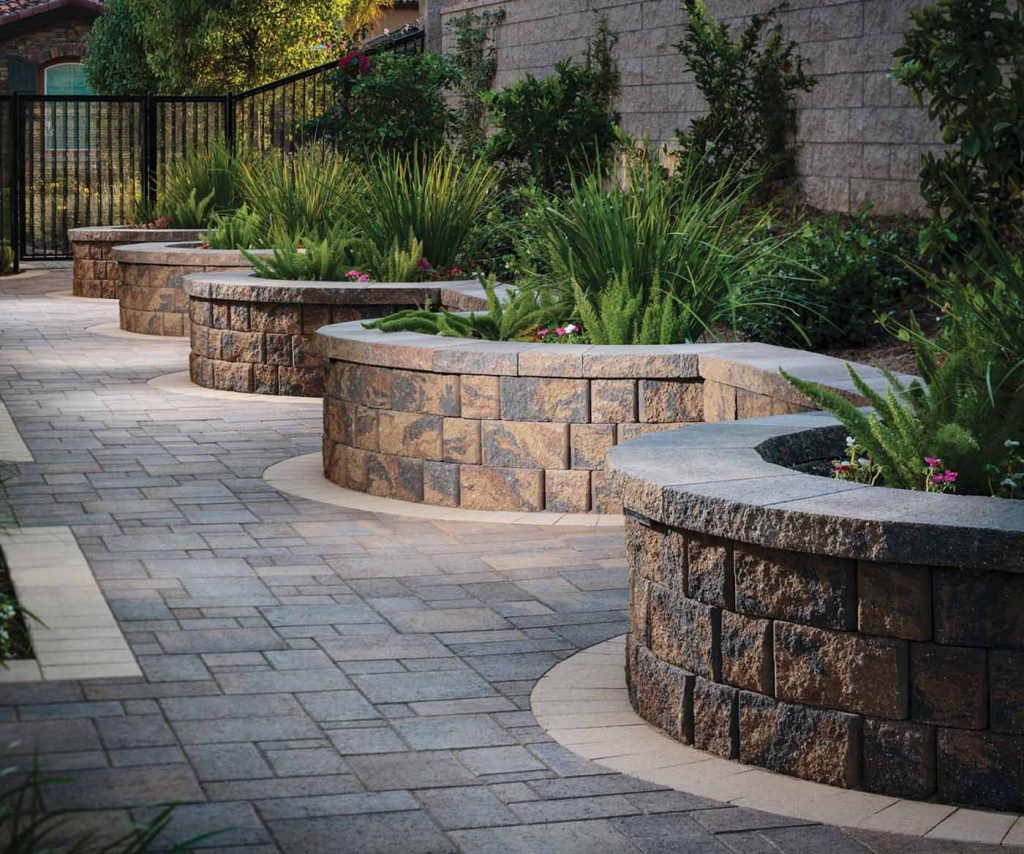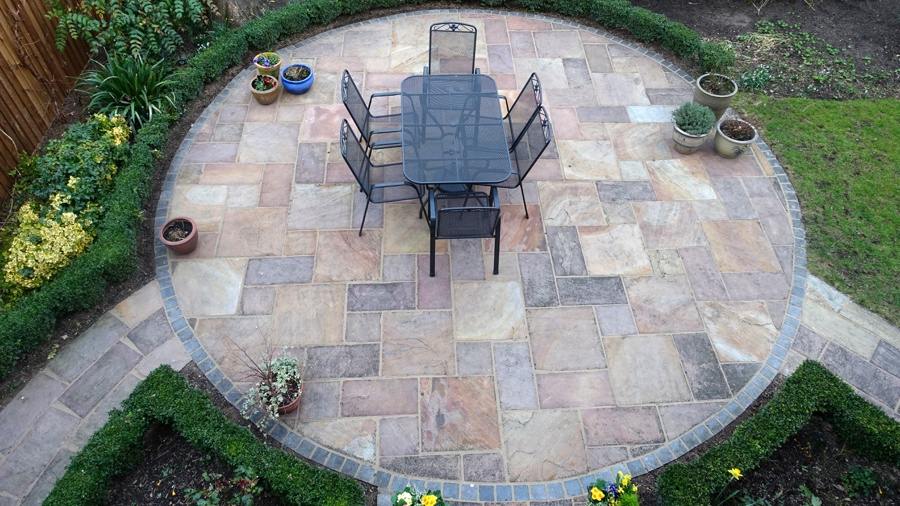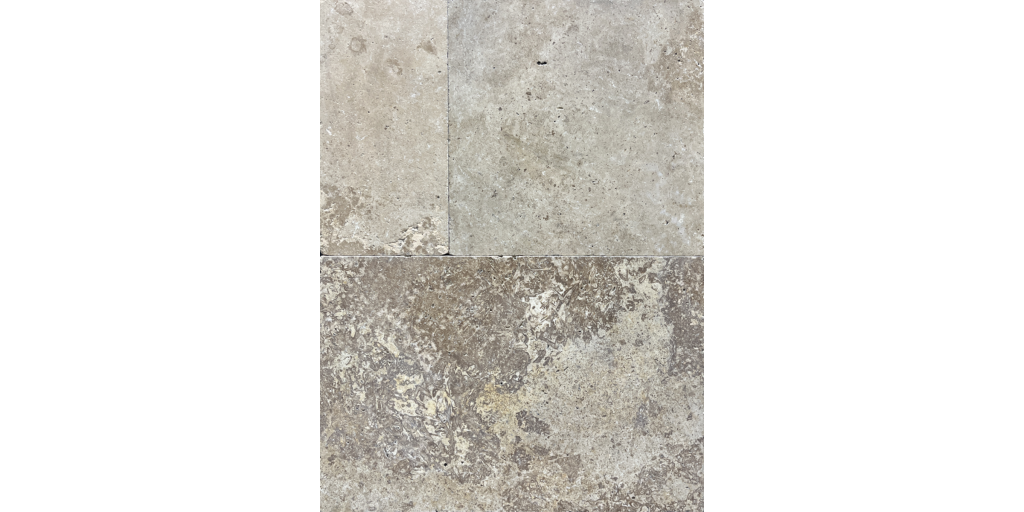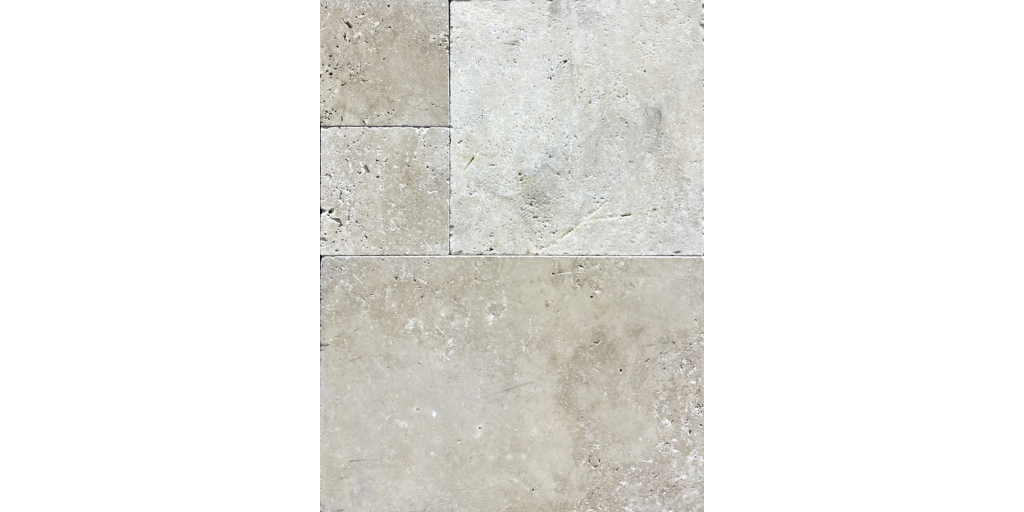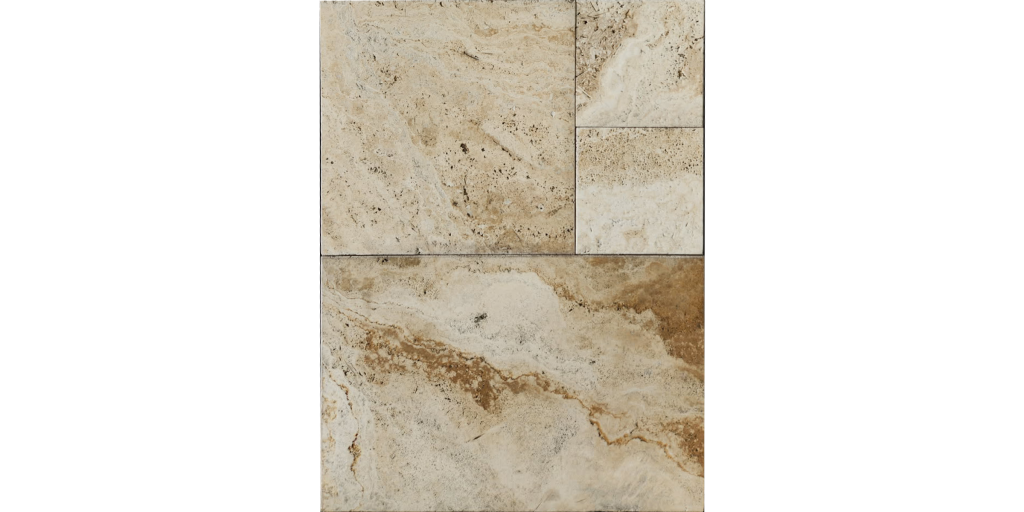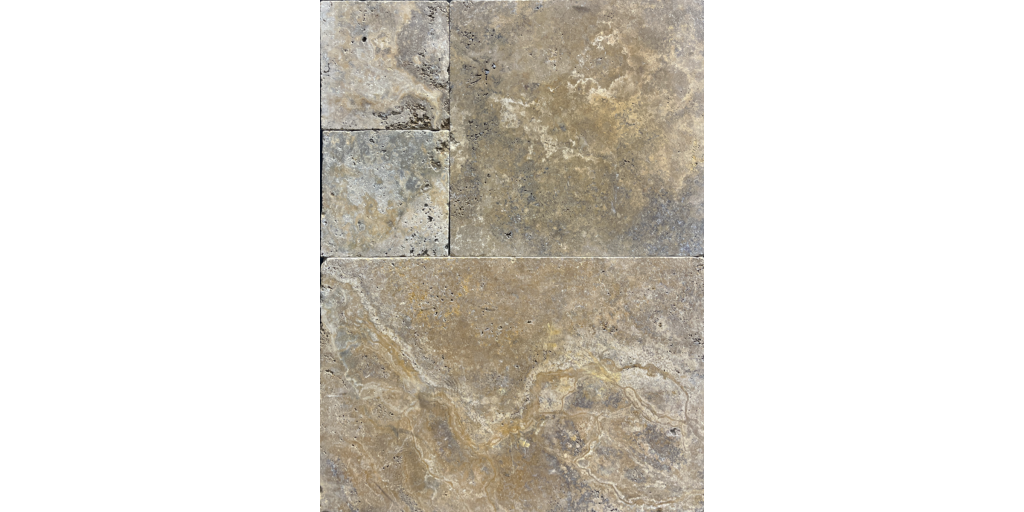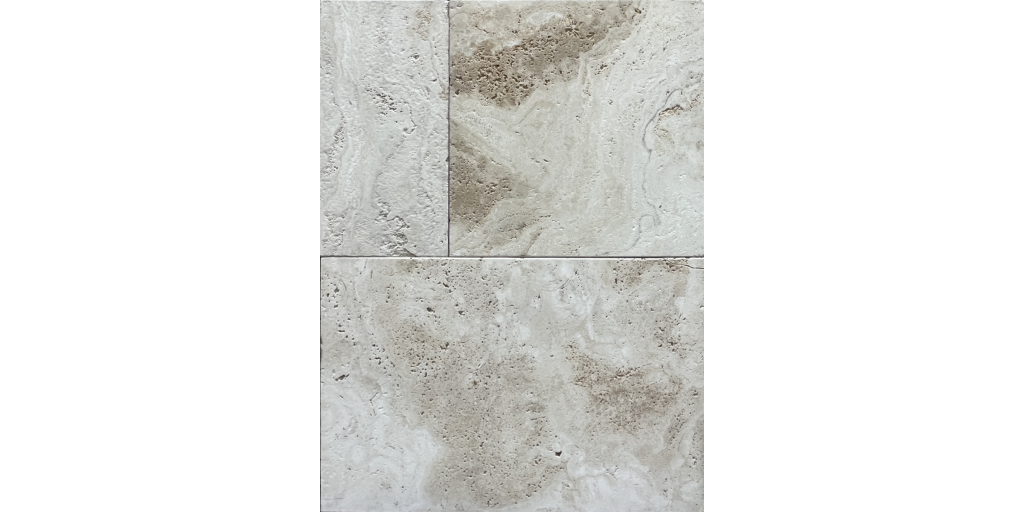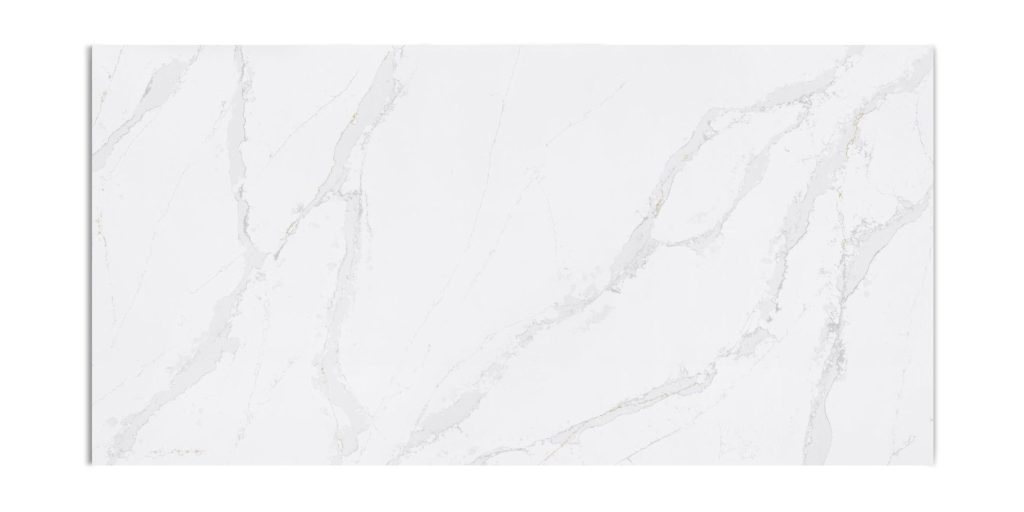Can you put pavers next to a house?
Can you put pavers next to a house? Adding pavers next to your house can boost curb appeal, create functional outdoor spaces, and even improve drainage. But is it actually a good idea to install pavers right up against your home’s foundation?
The short answer: Yes, you can put pavers next to a house — but with proper planning and precautions. Here’s what you need to know before you start laying them down.
1. Consider Drainage First
Water is your foundation’s worst enemy. If pavers are installed without considering how water will flow, it can lead to water pooling near the foundation, which may cause leaks, cracks, or long-term damage.
What to do:
-
Ensure a slight slope (1/4 inch per foot) away from the house so water drains away.
-
Install a gravel or sand base that helps with drainage.
-
Consider adding a drainage channel or French drain if your area is prone to heavy rain or poor soil drainage.
2. Leave a Buffer or Use Edging
While it’s common to install pavers flush against the house, some homeowners choose to leave a small buffer (about 1/2 inch to 1 inch) filled with flexible caulk, decorative gravel, or even expansion joint material. This helps account for movement in both the pavers and the foundation.
Why it helps:
-
Prevents pavers from pressing directly on the foundation wall.
-
Allows for expansion and contraction with temperature changes.
-
Minimizes the risk of damage to both the home and the patio surface.
3. Use the Right Materials
A successful paver installation starts with a proper base. Skipping this step can lead to shifting, sinking, and uneven surfaces over time.
Use:
-
A compacted base layer of crushed gravel or stone (4–6 inches).
-
A layer of sand (1 inch) on top for leveling.
-
Concrete or plastic edge restraints to hold everything in place.
4. Think About Future Access
Placing pavers too close to vents, utility boxes, or cleanouts can make maintenance difficult. Be sure to plan around these areas or make pavers removable in key spots.
5. Building Codes and Local Guidelines
In some regions, there may be setback rules or code requirements for impermeable surfaces near your home. Always check with your local building authority or HOA before starting your project.
Final Thoughts -Can you put pavers next to a house?
Putting pavers next to your house can be a beautiful and practical upgrade — as long as it’s done right. Drainage, proper base preparation, and thoughtful placement are key to ensuring your project doesn’t create bigger problems down the line.
If you’re unsure, consulting with a landscape contractor or hardscape professional can save you time and costly mistakes.

